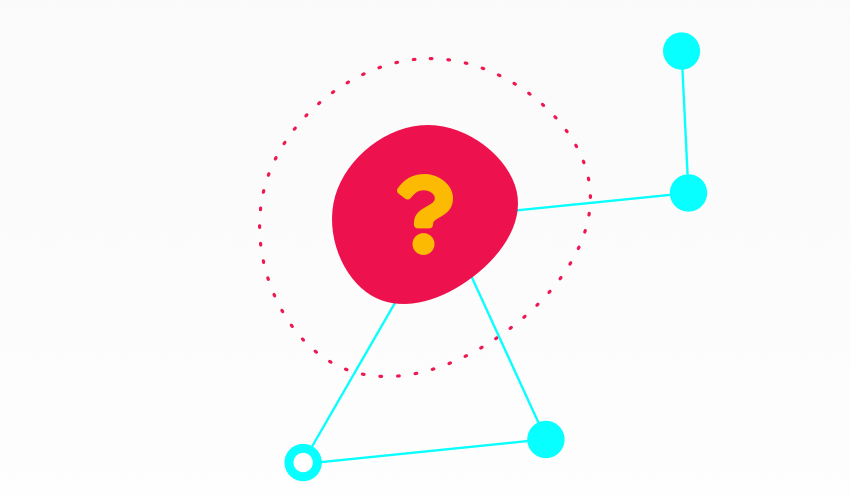Reorder scenes and forms

Brush up on your SpaceDraft knowledge, and explore new ways to communicate with your team.
The power of visual navigation in SpaceDraft lies in its ability to seamlessly transition between list view and spatial layout view, enhancing the user experience and comprehension of information. This feature empowers users to navigate through complex plans, and processes with ease, leveraging both a structured list-based presentation and an intuitive spatial layout. In list view, users can efficiently access and review information in an organised manner, similar to a traditional text-based list. This provides a quick overview of details and allows for focused examination of specific elements. However, the true innovation lies in the spatial layout view. This experience visually represents information in a spatial context, allowing users to grasp relationships, sequences, and dependencies that are often challenging to understand in a linear format. For example, in project management, visual navigation can illustrate the chronological sequence of tasks, highlighting critical paths and potential bottlenecks. In facility management, it can showcase the spatial arrangement of equipment and resources, aiding in efficient utilisation and troubleshooting. In safety protocols, it can help employees understand emergency procedures and hazard zones as well as helping visualise simultaneous operations. By seamlessly transitioning between list view and spatial layout view which is called the 'Cover Page', SpaceDraft empowers users to switch between perspectives based on their needs. This dynamic approach enhances information comprehension, decision-making, and collaboration. Whether exploring timelines, process workflows, or spatial arrangements, visual navigation in SpaceDraft harnesses the power of both perspectives, ultimately leading to more effective communication and optimised outcomes. Navigation

